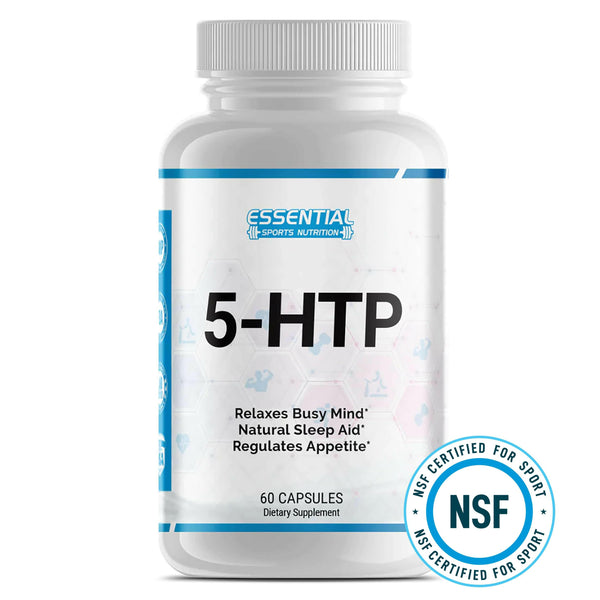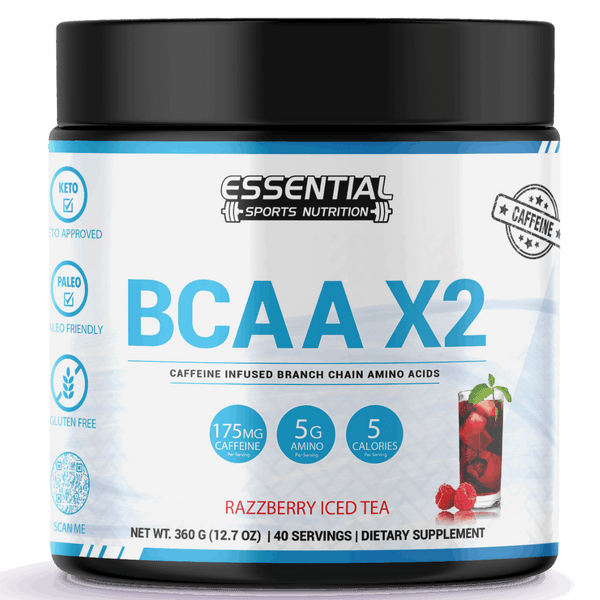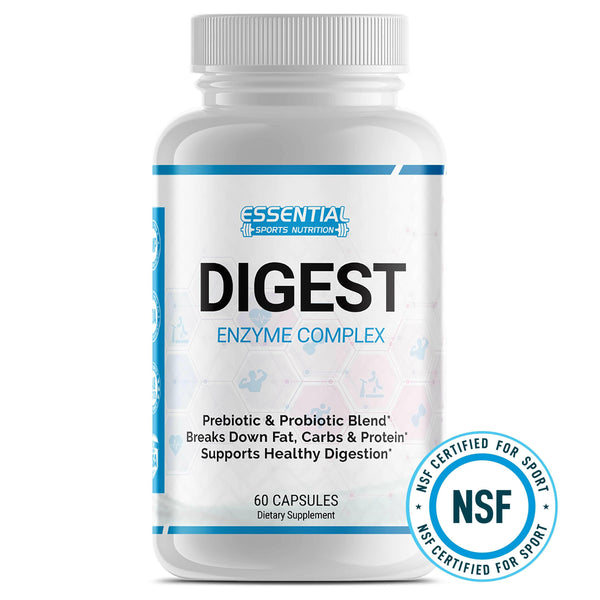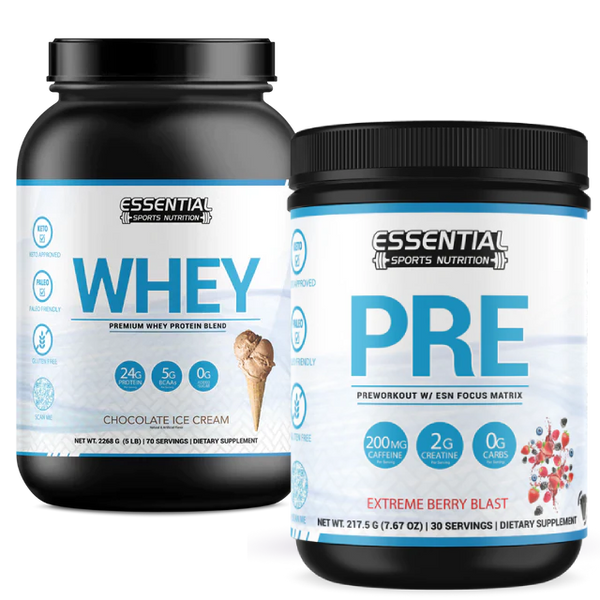Favorite Glute Exercises to Try at Home: No Equipment Needed
Strong, well-shaped glutes are key for your body’s overall strength and look. But, not everyone can go to the gym often. The good news is, there are great glute exercises you can do at home. By using your own body weight and the right techniques, you can work your glutes with no equipment. Here, we’ll share some top at-home glute workouts that are highly effective.

Key Takeaways
-
Glute exercises at home are convenient and can be done without special equipment
-
Home glute workouts can be highly effective if you use the right techniques
-
Effective glute workouts target the gluteus maximus, medius, and minimus
-
Bodyweight glute exercises can enhance muscle activation and improve overall strength
-
Focusing on glute strength can have benefits for athletic performance and everyday activities
The Importance of Strong Glutes
Knowing the key role of glute muscles helps us see why glute strength is vital. Our glutes do more than make us look good—they're crucial for many everyday movements. Activities like standing from a chair, climbing stairs, or keeping straight require strong glutes.
Ignoring our glutes can lead to imbalances and a higher chance of getting hurt. Not just for athletes, weak glute strength can limit our freedom of movement in daily life. Yet, regular glute exercises can enhance our ability to do many physical tasks more easily.
Also, boosted glute strength supports a more active lifestyle. It gives us better control over our movements. Whether working out or doing chores, strong glutes help us move with power and smoothness. So, it's wise to strengthen these muscles for better movement control and ongoing freedom of movement, from simple to complex activities.
The Best Glute Exercises You Can Do at Home
Squats are a top move for working the gluteus maximus. This is key for a strong, well-shaped lower body. Doing squats right not only builds muscle. It also boosts your whole lower-body workout. Let's explore how squats can bring you big gains and better muscle growth.
Squats
Squats really shine for building and working your glutes when you use the full range of motion. This way, every part of the muscle works hard. You can try different squat variations at home. Each type improves your lower-body strength in its own way.
-
Bodyweight Squat: Start with the basic squat. Stand with feet apart, like shoulder-width. Pretend you're sitting back in a chair but keep your chest up and knees back. Push through your heels to stand up. This is great for beginners. It helps with moving better and waking up your muscles.
-
Sumo Squat: This squat with a wider stance works your inner thighs and glutes more. Point your toes out and sink slowly. Keep your gluteus maximus active during this.
-
Pulse Squat: In the squat's lower position, do small up and down movements. This version keeps your glutes under pressure. It helps with muscle endurance and growth.
To squat correctly, here are some key tips:
| Technique Aspect | Importance |
|---|---|
| Keeping Chest Up | It helps keep your spine aligned and takes the strain off your back. |
| Weight on Heels | This focuses the workout on your glutes and hamstrings, boosting muscle growth. |
| Knees Behind Toes | This lowers the risk of knee injuries, making your workout safer. |
| Deep Squat | Going deeper in squats increases movement range, which is better for your glutes. |
Remember, sticking with your squats and lower-body workouts is key. It leads to stronger muscles, growth, and better movement. Add these squat types to your home workout. Watch how they transform your glutes and lower body.
Forward Lunges and Reverse Lunges (Bodyweight or w/ Dumbbells)
Lunges work the muscles in your lower body. They are great for leg strength and knee stability. Let's talk about the forward lunge and the reverse lunge. Each one is good for your glute muscles, but they focus on different parts.
Forward Lunge
Forward lunges make you stretch and get stronger at the same time. To do forward lunges, keep your back straight and core tight. This helps you stay balanced. Step your foot forward, bending both knees to 90 degrees.
Push off your front foot to stand back up. This move is good for your glutes and front leg muscles.
Reverse Lunge
Reverse lunges focus more on your backside muscles. Stand up tall, and step one leg back while keeping your front knee over your ankle. Bend until your back knee is just above the ground. Your front thigh should be flat, like a table.
Push up with your front leg to stand. Reverse lunges are easier on your joints. They also make your legs strong and help your knees.
| Exercise | Primary Target | Secondary Target | Benefits |
|---|---|---|---|
| Forward Lunge | Glutes and Quadriceps | Hamstrings and Calves | Enhances Leg Strength |
| Reverse Lunge | Gluteus Maximus | Hamstrings and Core | Improves Knee Stability |
Both forward lunges and reverse lunges boost your glute muscles and leg strength. They are perfect for better sports performance or a stronger lower body. Always do them with the right form to avoid getting hurt and to get the best results.
Glute Bridges
Glute bridges are key for a good lower-body workout. They help turn on your glute muscles and strengthen your posterior chain. This is a set of muscles important for the movements you do every day.
Glute bridges also make your hamstring muscles stronger. This helps you stay stable and lowers your chance of hurting your legs. They're great for athletes wanting to do better or anyone who wants to stay fit in their daily life.
After you get good at glute bridges, try hip thrusts next. Hip thrusts are harder but really make your glute muscles work a lot more.
-
Start by lying down with your knees bent and feet on the floor.
-
Push through your heels to lift your hips up, making a straight line from knees to shoulders.
-
Squeeze your glutes hard at the top, then go back down slowly.
These exercises do more than work your glutes. They activate your whole core, which helps make your body stronger and more toned. Focus on moving with control and feeling your muscles work for the best results.
Donkey Kicks and Fire Hydrants to Strengthen the Glutes
Want to shape your glutes? Try donkey kicks and fire hydrants. These exercises activate your glutes and work on hip abductors. They improve hip stability and are great for both looks and function.
Donkey Kicks
Donkey kicks focus on the gluteus maximus, which is the biggest glute muscle. This muscle is key for moving your hip and thigh. When you kick back, you copy the strong muscle action of sprinting or climbing.
Fire Hydrants
Fire hydrants target the gluteus medius, working on your hip abductors. The gluteus medius keeps your pelvis stable. Exercising this area helps with balance and eases spine pressure in lower body moves.
| Exercise | Main Muscles Worked | Bonus Benefits |
|---|---|---|
| Donkey Kicks | Gluteus Maximus | Improves hip extension |
| Fire Hydrants | Gluteus Medius | Enhances hip stability |
These exercises not only tighten your glutes but also prevent injuries. They strengthen muscles needed for daily movements. From sitting to running, strong glutes are essential. Doing donkey kicks and fire hydrants regularly makes glute muscles strong. This supports a solid base for all your actions.
Glute Muscles Exercise Circuit
Adding a glute exercise circuit to your home workout routine can change things up. This type of training is great because it works various muscle groups. It also boosts your strength without needing lots of equipment. By doing bodyweight exercises, you focus on strengthening your glutes.
Your At-Home Glute Circuit: Ready for a circuit that targets your glutes? Here's a straightforward routine. To keep the intensity up, don't rest too much between exercises.
-
Squats: 15 reps – They work your glutes, quads, and hips, getting your lower body ready.
-
Glute Bridges: 12 reps – They make sure your glutes are fully engaged as you move your hips.
-
Donkey Kicks: 15 reps per leg – They specifically target the gluteus maximus for extra intensity.
-
Reverse Lunges: 10 reps per leg – These test your balance and strength in the glutes with each step.
-
Fire Hydrants: 15 reps per side – They strengthen your hip abductors and gluteus medius.
-
Rest for 1 minute – Use this time to breathe and get ready for more.
Do each activity with dedication, making sure your form is right. This maximizes the benefits of your glute exercise circuit. Try to do 3 to 5 rounds, based on how fit you are. This will turn your home workout into a high-energy session.
Post-Circuit Tips: After you're done, it's crucial to cool down. Stretch your glutes, hamstrings, quads, and calves. This helps with muscle soreness and recovery. Remember, staying hydrated and eating right are vital for your fitness success. Take care of your body after working out.
These exercises help make a strong home workout routine that pushes your limits and makes your glutes stronger. The secret is to stick with it. Try to do this workout at least two times a week for the best results. Push yourself, keep at it, and see your lower body become stronger!
Tips for Proper Form and Technique
Mastering proper form is key in any glute exercise technique, especially at home. It makes sure muscles work right and helps prevent injuries. Let's look at how to keep your posture and movements correct during glute exercises.
Your feet should be shoulder-width apart, toes slightly out. This stance is solid for squats and lunges. Your back should stay straight, core tight, to keep your spine aligned right. This reduces lower back risk. Bend by moving your hips, not rounding your back. Make sure your knees don’t go over your toes.
Breathing right is also important. Inhale when getting ready, exhale when you move. Like, breathe in going down in a squat, out coming up. This helps keep your core stable.
| Exercise | Key Points for Proper Form | Mistakes to Avoid |
|---|---|---|
| Squats | Feet shoulder-width, chest up, core tight | Letting knees collapse inward |
| Lunges | Step forward, keep upper body straight, lower hips | Allowing the front knee to just over the toe |
| Glute Bridges | Drive through heels, lift hips, squeeze glutes | Raising hips too high or arching the back |
| Donkey Kicks | Hands under shoulders, knee bent at 90 degrees | Swinging the leg instead of a controlled lift |
| Fire Hydrants | Keep hips level, lift knee away from the body | Rotating the hips or using momentum |
Common mistakes include rushing or using momentum, leading to less effective workouts and injury risk. Instead, move slowly, with control, through the full muscle range.
Remember, it's not about how many reps, but doing each one right. So, take your time and focus on form.
Add variations to your routine to challenge muscles and avoid plateaus. But, get the basics down first before trying harder exercises.
-
Always warm up to prepare your muscles and joints for the workout ahead.
-
Use a mirror to check your form and make real-time adjustments.
-
Record yourself performing exercises to evaluate your technique and progress.
-
Listen to your body and back off if you feel undue strain or pain.
By following these tips, you protect against injuries and get the most from your home glute workouts. Patience and consistency are vital. Keep going, and your focus on proper form will boost both your strength and health.
Conclusion

Working out your glutes at home is both smart and empowering. It gets rid of the need for a gym and lets you train at your own rhythm. By sticking to bodyweight exercises meant for your glutes, you'll see your lower body get stronger and look better.
No matter your fitness level, adding different glute exercises to your workouts is exciting. These exercises do more than make you look good; they help with daily actions and sports. With regular practice and good form, you'll build stronger, more defined glutes.
Make time for these glute-strengthening exercises in your fitness plan. Your body will be grateful for the stronger glutes and lower body you develop. Remember, with every exercise, you're getting closer to your fitness goals. Stay committed, and you'll see great results.
Best At-Home Glute Exercises FAQs
Q: What are the best at-home glute exercises?
A: Some of the best at-home glute exercises include hip thrusts, banded glute bridges, deadlifts, and bodyweight glute workouts.
Q: How can I strengthen my glutes at home without equipment?
A: You can strengthen your glutes at home without equipment by doing exercises like squats, lunges, glute bridges, and donkey kicks.
Q: What are the benefits of doing butt exercises at home?
A: Doing butt exercises at home can help improve strength, muscle tone, and overall appearance of your glutes. It can also aid in hip stability and reduce the risk of injury.
Q: How can I perform a proper hip thrust at home?
A: To perform a hip thrust at home, sit on the floor with your back against a bench or sturdy surface, bend your knees, place a weight or resistance band on your hips, then thrust your hips up by squeezing your glutes.
Q: What are the key benefits of including dumbbells in glute workouts?
A: Including dumbbells in your glute workouts can add resistance and intensity, helping to build strength, muscle mass, and definition in your glutes.
Q: Can I grow my glutes solely by doing at-home exercises?
A: Yes, you can grow your glutes by consistently performing effective at-home exercises targeting the glute muscles with adequate resistance and volume.
Q: How can I maximize glute engagement during at-home butt workouts?
A: To maximize glute engagement during at-home workouts, focus on proper form, squeeze your glutes at the top of each exercise, and incorporate a variety of glute-targeting movements.




























